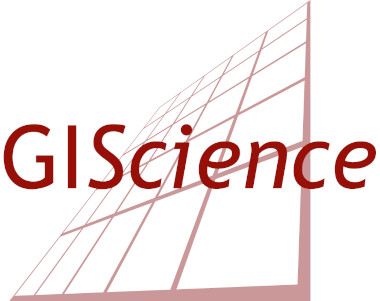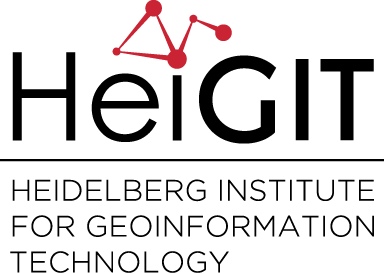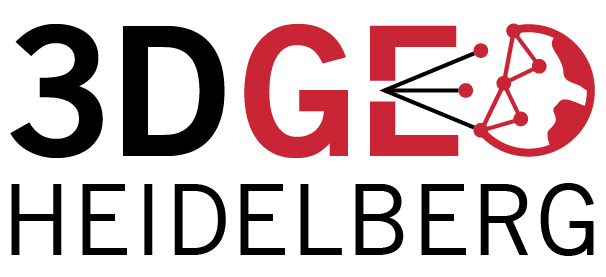Collaborative mapping projects, such as OpenStreetMap (OSM), have received tremendous amounts of contributed data from voluntary participants over time. So far, most research efforts deal with data quality issues, but the OSM evolution across space and over time has not been noted. Therefore, a new study is dedicated to the evolution of the contributed information in order to understand an emergent phenomenon of so-called collaborative contributing. The main objective is to monitor the evolutional pattern of OSM and predict potential future states through a cellular automata (CA) model. This is exceedingly relevant for numerous OSM-based applications. Descriptive spatiotemporal analysis of the contributions for the time period 2007–2012, using the city of Heidelberg (Germany) as a case study, reveals that early contributions are given three years after the launching of OSM, while after nearly six years, most of the areas are discovered. The simulation results for the validated CA model, predicting OSM states for 2014, provide clear evidence that most 20 of the areas have been explored three years after people began mapping until 2010, and thereafter, the densification process has begun and will cover most parts of the city although the amount of contribution depends on the land use types.

Further reading:
Jokar Arsanjani, J., Helbich, M., Bakillah, M., & Loos, L. (2013). The emergence and evolution of OpenStreetMap: A cellular automata approach. International Journal of Digital Earth, 0(iFirst), 1–30. doi:10.1080/17538947.2013.847125


